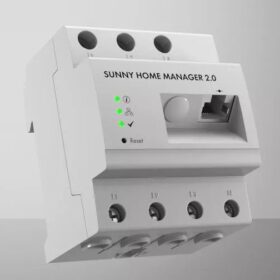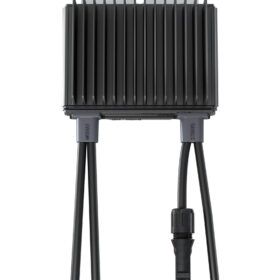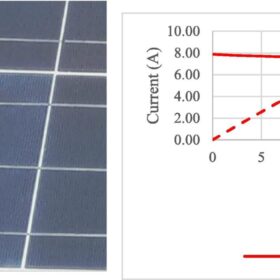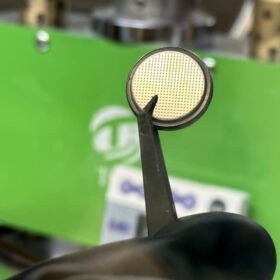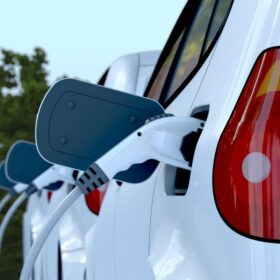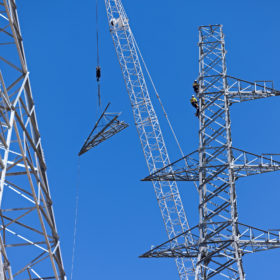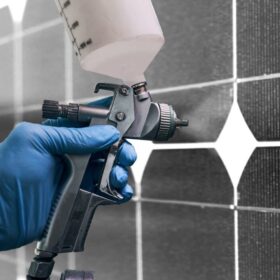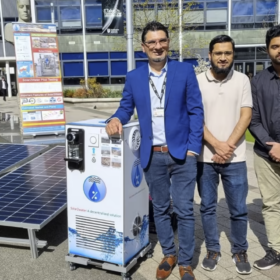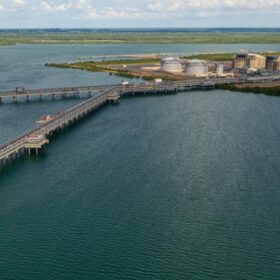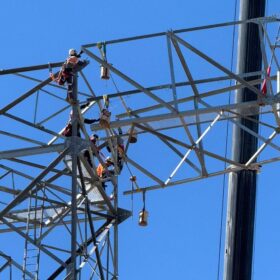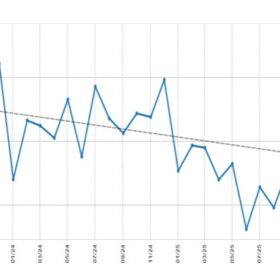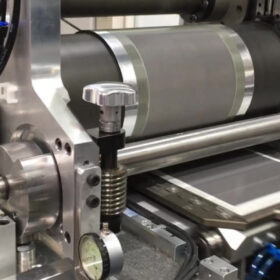SMA, Samsung to integrate heat pumps with residential PV
Samsung and SMA are using a new cloud-to-cloud system that allows PV systems with SMA inverters to be integrated with Samsung heat pumps.
SolarEdge unveils power optimisers for residential, commercial PV
SolarEdge has released new optimisers for residential PV applications with a DC power rating of 500 W, a maximum efficiency of 99.5%, and a weighted efficiency of 98.6%. The optimiser for commercial and industrial applications offers 1.4 kW of rated DC power.
Research shows polycrystalline panels from 11 different producers degrade more than warranty rate
A research group in Ghana has conducted a series of tests to assess the performance of polycrystalline solar modules in PV systems operating in their home country for at least 5 years. They found that the vast majority of the panels may ‘fail’ before 20 years in operation under outdoor conditions.
AnteoTech turns to silicon to deliver better batteries
As the hunt for more efficient batteries continues, Queensland energy tech company AnteoTech has sharpened its focus on the development of its silicon anode binder technology and pure silicon anode design that it claims can deliver up to a 35% improvement in energy capacity compared to current high energy battery cells.
Vehicle to everything can be the answer to support the grid, GridBeyond finds
Electric vehicles (EVs) are expanding at a fast pace in several of the world’s largest markets. This is being driven by governments and automakers who are promoting electricity powered vehicles as a key technology to curb fossil fuel use, fight climate change and air pollution, but rapid EV uptake is also creating challenges for the grid.
Weekend read: Australia’s electric dreams
Australia is set to electrify everything. Vibrant communities willing to trial the transition are the first in line to learn what to do and how to bring everyone along, reports pv magazine Australia’s Natalie Filatoff.
Compulsory acquisition letters sent to landowners along Central-West Orana transmission route
Compulsory acquisition letters have been sent to landowners along the route of the Central-West Orana transmission link this week by the state’s Renewable Energy Zone planner, EnergyCo. It marks the beginning of the formal negotiation process for the transmission line, which has yet to be put on public exhibition.
Nanovue targets U.S. with self-cleaning solution for solar panels
ASX-listed nanotechnology company Nanoveu will look to expand into the United States market with the establishment of a demonstration site for its anti-soiling coating for solar glass following trial deployments in the Philippines and Malaysia.
Portable system uses PV to produce drinkable water from air moisture
UK scientists have developed Solar2Water, a system that generates twice the amount of water as conventional atmospheric water generators. The system operates efficiently with the same energy input, regardless of air humidity, relying solely on photovoltaics.
Japanese gas giant to lead Darwin ‘clean’ hydrogen study
Japanese oil and gas giant Inpex has been jointly awarded a $1 million (USD 670,000) grant by the Australian government to conduct a feasibility study into the growth potential of a ‘clean’ hydrogen market in the Northern Territory.
